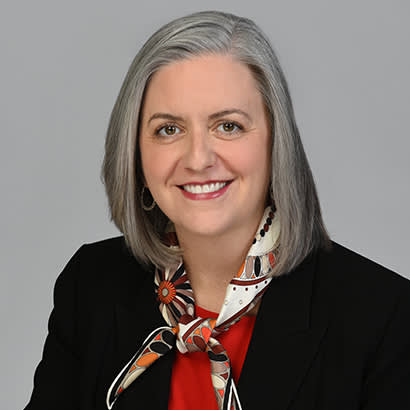
For an enhanced digital experience, read this story in the ezine.
Although our September issue highlights equity, this work — creating spaces and programs that serve everyone — is a career-long, life-long effort. That is why we lift up equity and inclusion practices in every issue, on our website and social media platforms, and through our programs and partnerships. For this focused issue, we are casting our gaze both backward and forward.
For me, looking back takes me directly to summer programs in the playgrounds in the small mill town where I grew up. It forces me to recall why those programs that helped to fill the days between school sessions made such a huge difference to me. My house was an unpredictable one — sometimes nervously quiet, other times loud and volatile. Escaping to those programs and having a chance to play and craft with other kids and under the supervision of a caring, engaged adult made me feel safe and gave me a window into a world where I was free to be me.
Fast forward to July 2021, I was on a visit to Town Camp, a youth summer camp operated by Oakland (California) Parks, Recreation and Youth Development, where I met a little boy. He had made a beaded bracelet especially for my visit. Receiving that bracelet took me right back to those programs on the playground. I think about the impact that Town Camp is having on that little boy and all the kids who are participating in it. They say it takes a village to raise a child. I’m here to tell you that parks and recreation is an utterly essential part of that village.
As you dive into this issue and explore the history of parks and recreation — how we got to where we are — and learn about projects and programs happening right now, I invite you to reflect on why equity and inclusion matter. Scratch that. I challenge you to think about all the kids in your district, every single one of them. How are your spaces and programs set up to help them; how do they contribute to kids’ growth and development; and how can they be an essential part of that village of support?
On that same July trip, I visited the oldest playground in the United States — opened in 1887 in San Francisco’s Golden Gate Park. As I stood there, I thought about the amazing movement that served as the origin story for NRPA — the movement to give children access to play spaces and time to enjoy them. While that movement was beautiful and transformative, it didn’t consider equity. As a result, over the many years since our inception, we have had some children who got a lot and others who got little or nothing. Here’s the truly powerful thing about movements: they can evolve and change as our knowledge, understanding and awareness increase. To visit that playground today is to see kids from across the city, from all walks of life and backgrounds, playing and discovering together.
In the July issue of Parks & Recreation, my colleague, NRPA Vice President of Education and Chief Equity Officer Autumn Saxton-Ross, shared a quote from Fred Rogers who said, “There’s a world of difference between insisting on someone’s doing something and establishing an atmosphere in which that person can grow into wanting to do it.” In the weeks and months ahead, we will continue to lift up practices, training and programs that support equity and inclusion. And, we will amplify these through stories in this magazine. We will be doing this under our new program, titled “Equity in Practice.”
To share another Rogers quote, “Imagining something may be the first step in making it happen, but it takes the real time and real efforts of real people to learn things, make things, turn thoughts into deeds or visions into inventions.” I imagine a world where everyone knows parks and recreation is the field that most exemplifies service to community, that proves our essential role every day, and that operates the most inclusive, equitable and effective programs in communities big and small — all across the country.
Kristine Stratton, NRPA President and CEO

